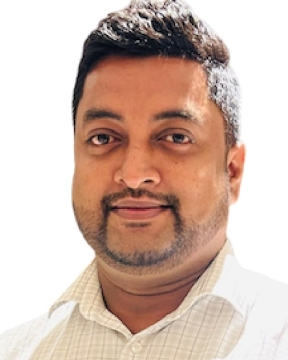 |
Dr. Nimila DushyanthaUva Wellassa UniversitySustainable Recovery Of Critical Rare Earth Elements From Gem Mining Waste: A Model For Circular Economy In Mineral Processing 11th Intl. Symp. on Sustainable Mineral Processing Back to Plenary Lectures » |
Abstract:Gem mining in Sri Lanka has been a cornerstone of the nation's economy for centuries, renowned globally for its high-quality gemstones. However, this thriving industry generates vast quantities of waste, with most of it being discarded or used for backfilling, leading to severe environmental degradation and loss of valuable resources. My research has revealed that this so-called waste is, in fact, an untapped secondary resource for critical rare earth elements (REEs), essential for high-tech industries and the global transition towards green energy. This study presents a transformative model for sustainable REE recovery from gem mining waste, aligning with circular economy principles in mineral processing. It focused on the gem mining waste at the basin of Kulu river, Sri Lanka, where the organic-rich clay layer beneath the gem-bearing gravel exhibited a total REE concentration of 5095 mg/kg, with a nearly balanced distribution of light (LREEs) and heavy REEs (HREEs). Through a combination of advanced chemical leaching using H2SO4 and optimized physical upgrading techniques, it is achieved an exceptional REE recovery of 94%. The leaching process was determined to be controlled by lixiviant diffusion through unreacted particles, providing valuable insights for process scaling. Furthermore, simple wet sieving and density separation for gem-bearing gravel layer enhanced the REE content to a remarkable 3.0% REO in the concentrate. However, the detection of high uranium levels (up to 814 mg/kg) in the concentrate emphasizes the need for responsible waste management and radiation safety protocols. Beyond technical innovation, this research aligns with Environmental, Social, and Governance (ESG) principles, offering a model for responsible and sustainable resource management in the mining industry. These findings unlock the economic potential of gem mining waste in Sri Lanka and provide a blueprint for sustainable REE recovery from gem mining waste worldwide. This study demonstrates how a circular economy approach can transform waste into a strategic resource, supporting global efforts to secure REE supply chains, minimize environmental impacts, and promote sustainable development. |
|